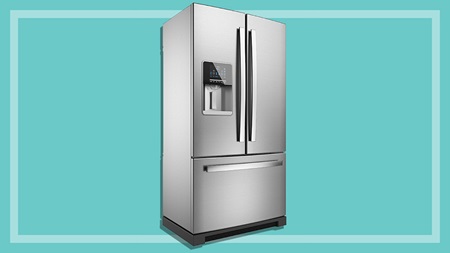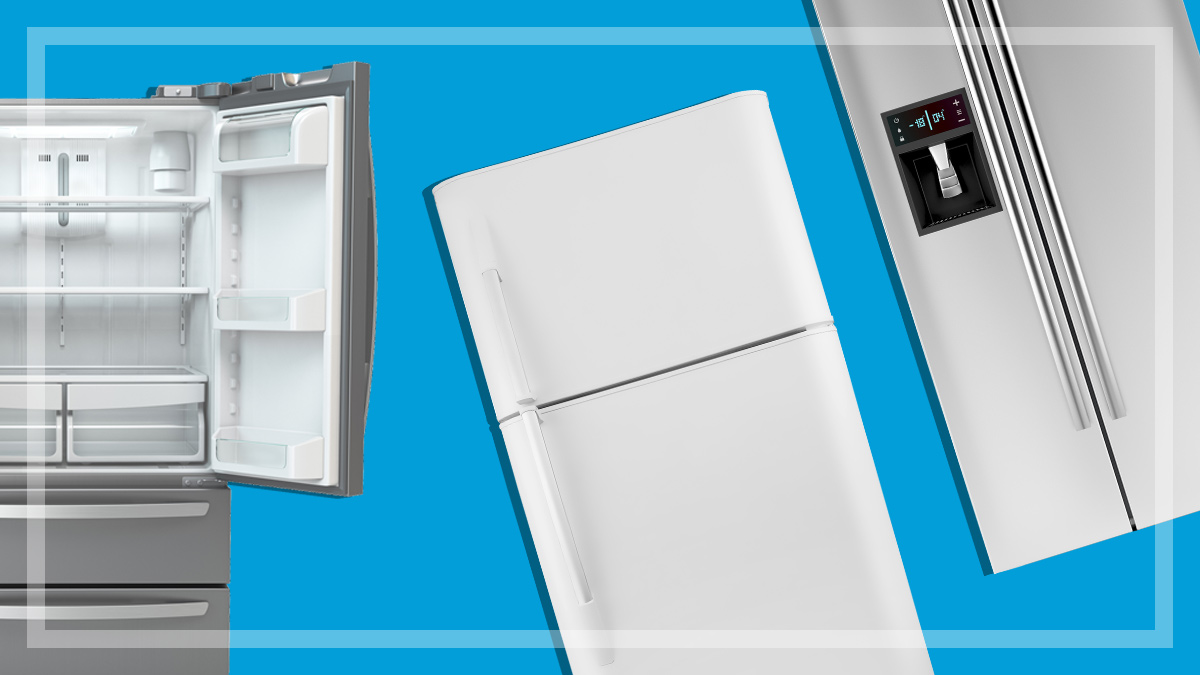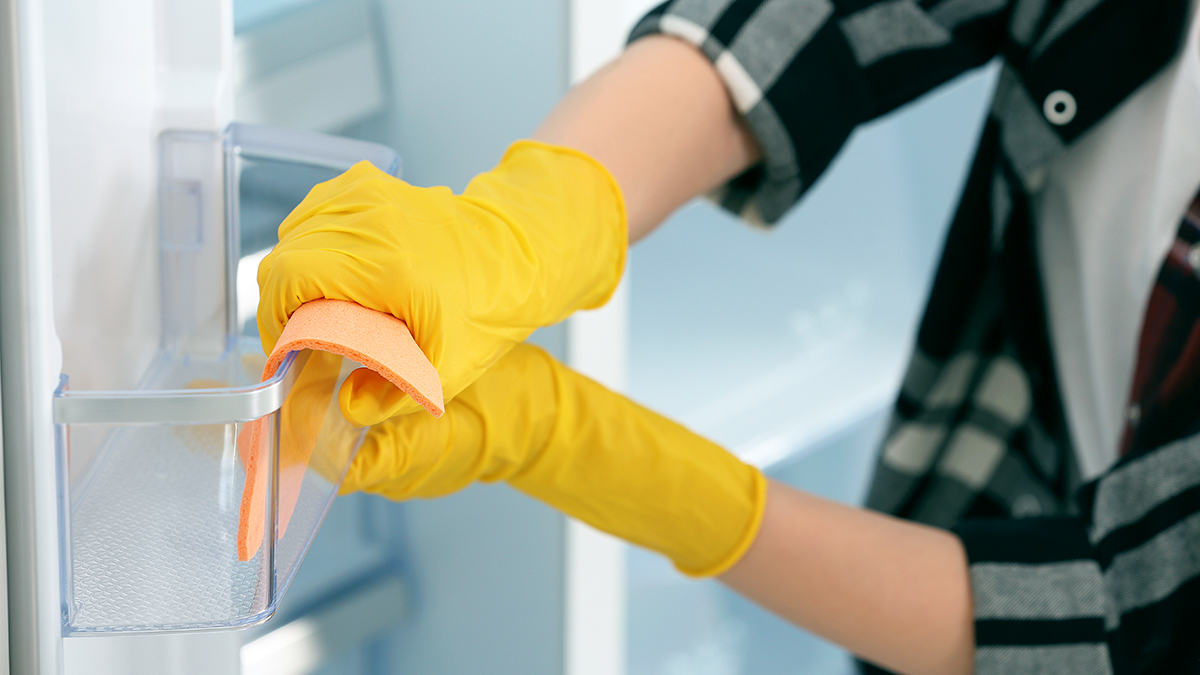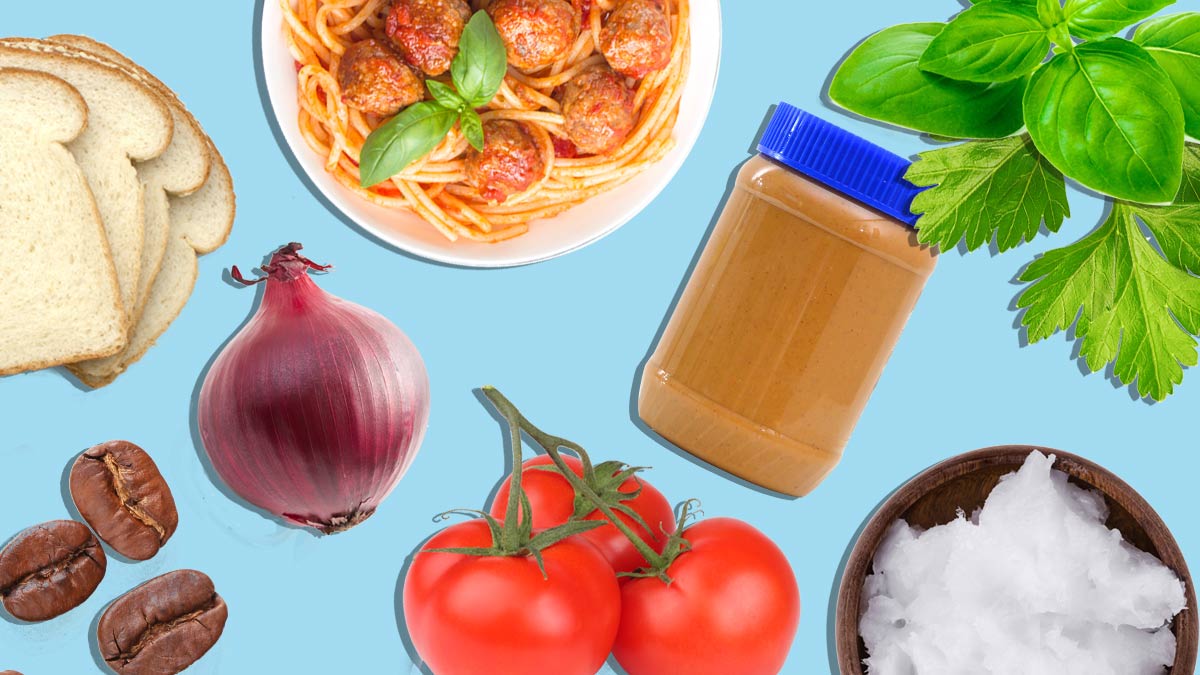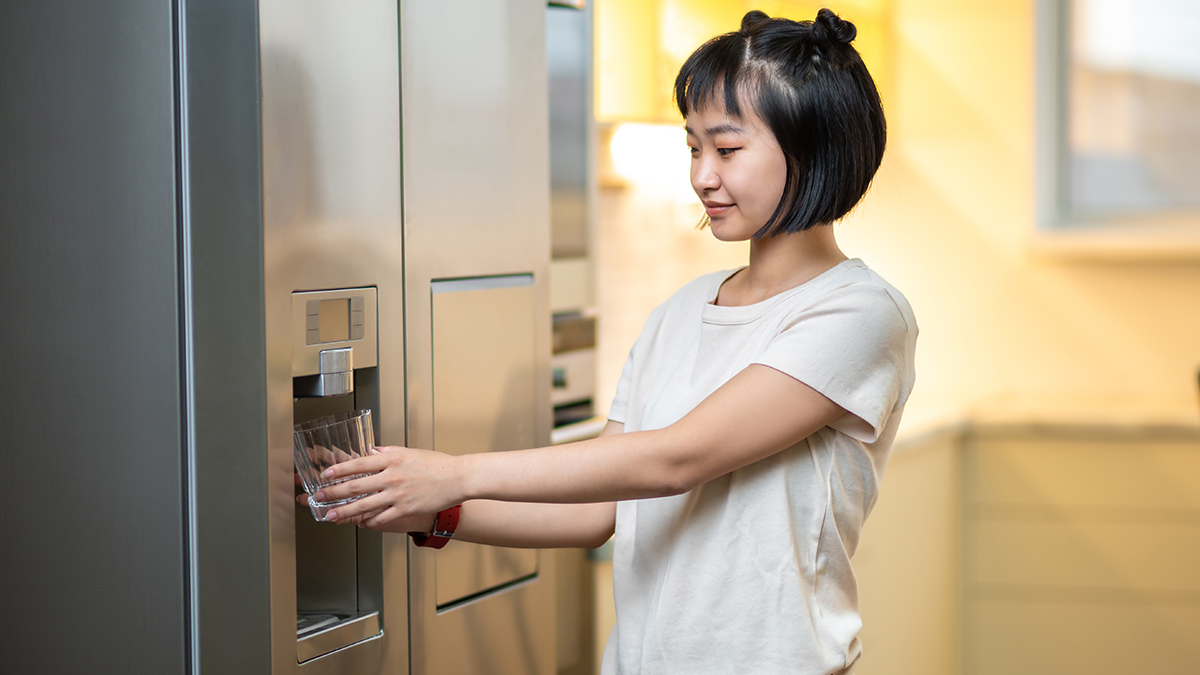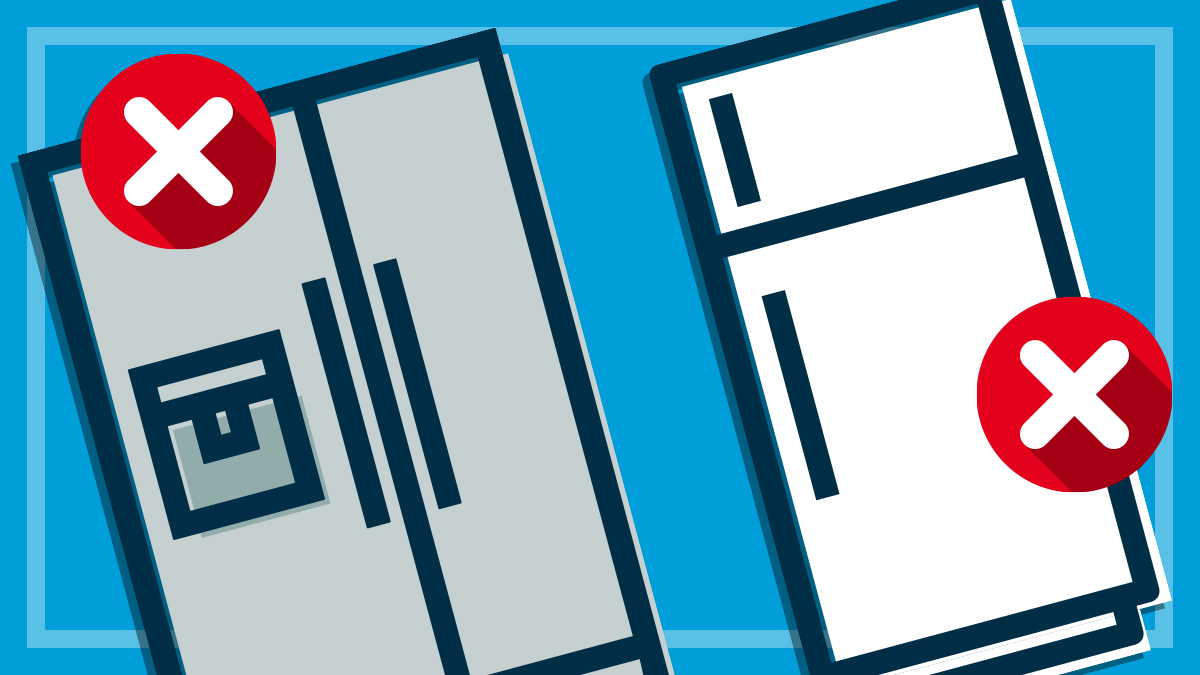Get our independent lab tests, expert reviews and honest advice.
10 fridge dos and don’ts
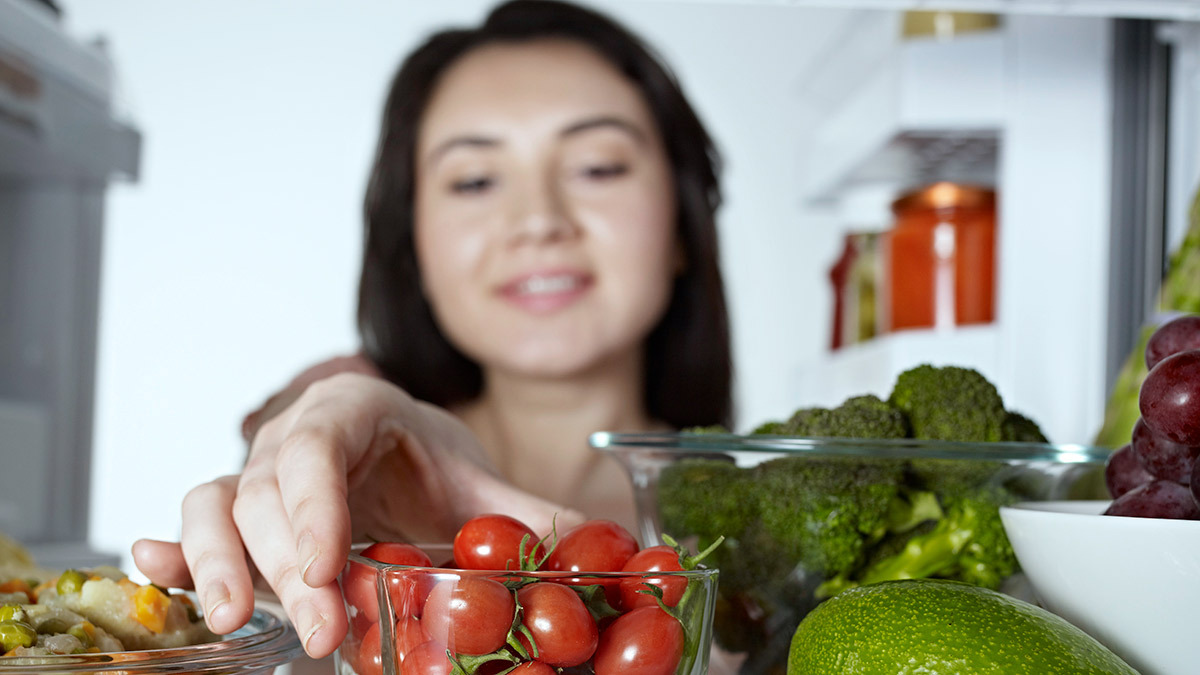
Whether you have a fancy French door or a basic bar fridge, your fridge has just one job: to keep your food cold. But there are a multitude of things that can affect how well it functions.
CHOICE whitegoods expert Ashley Iredale shares his top 10 dos and don’ts to help you make the right decision when purchasing a new fridge and to keep it running smoothly once it’s in your kitchen.
1. Don’t assume that expensive fridges are better
CHOICE has been testing fridges for decades, and while trends might come and go, one thing remains the same: you can’t judge the performance of a fridge by its price tag.
We’ve tested fridges ranging in price from $299 to $5639, and their scores span from a shocking 22% to a solid 83%. But guess what? There’s no correlation between price and performance. The lowest-scoring fridge we’ve ever tested costs a budget-blowing $3990 (see the next point for all the details), while other fridges we recommend cost far less than half that.
“Time and again we find that price is no indicator of performance, and you can pay top dollar and still get a mediocre fridge,” says Ashley.
“Worse still, that fridge will cost you more over its entire lifetime as you find yourself replacing prematurely spoiled food and paying excessive energy bills.”
In our splurge vs save fridge edition, we show you that by shopping smart, you don’t need to spend more to find a fridge that’ll do everything a more expensive model will do. When it comes to buying larger fridges, you can save hundreds if not thousands of dollars by checking our expert fridge reviews before buying.
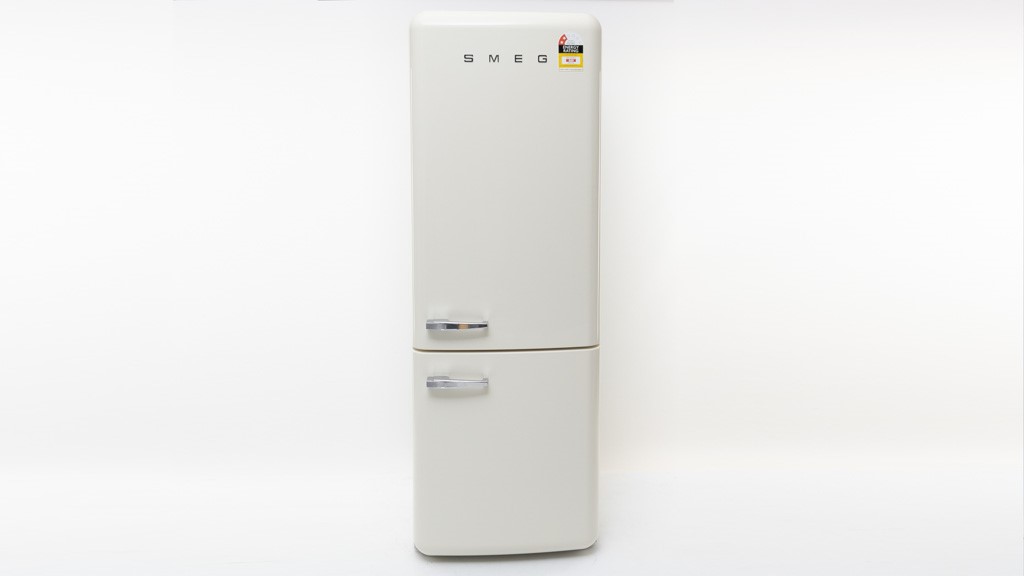
2. Don’t buy the Smeg FAB38
Speaking of over-priced fridges that under-perform, whatever you do, don’t buy the Smeg FAB38RCRAU retro fridge, aka the “worst fridge ever” according to our fridge experts. We tested this fridge last year, so it’s no longer widely available at retailers, however you can still purchase it on some sites and it might crop up on second-hand marketplaces.
Its recommended retail price is a hefty $3990 so it costs a bomb, but also bombed out on all our performance tests, scoring a truly chilling 22% overall – the lowest score in CHOICE fridge testing history.
3. Do check our reviews before buying
A decent fridge should last you around 10 years or more, so if you don’t do your research you could be condemning yourself to a decade of limp lettuce, soft ice cream and huge power bills.
Our reviews are carried out by experts with decades of experience in our NATA-accredited labs, so we can tell you exactly how well a fridge will perform, and whether it’s going to be a standout kitchen star or leave a bad taste in your mouth.
Want to know more? Find out how we test fridges for a run-down of exactly what we do.
4. Don’t buy a fridge that’s too big – or too small
Buying a fridge that’s too big for your needs means you’ll waste electricity. Buying one that’s not big enough means your fridge will have to work harder to maintain temperature, which puts strain on the motor and could shorten the life of your fridge.
Our fridge buying guide will help you find the Goldilocks fridge of your dreams.
5. Do check the temperatures and adjust the settings
“Many of us assume a fridge will be the right temperature right out of the box, but we’ve found the default settings are often way off, and you might find your new fridge isn’t cold enough to keep food fresh,” says Ashley.
“Conversely, if it’s too cold you’ll be using more energy than you need to in your freezer, and you may risk freezing fruits and vegetables too.
“We recommend checking the temperature of both fridge and freezer with a fridge thermometer, and adjusting the settings to 3°C and -18°C respectively – this is the optimal temperature for food storage and energy efficiency.”
Remember to check and adjust the settings at change of seasons too – some fridges don’t handle changes in ambient temperatures well, such as going from summer to winter.
6. Don’t buy a fridge without measuring
This one shouldn’t need to be said, but measure, measure again, and then measure a third time, just for good measure. Imagine how much of a goose you’ll feel if your fancy new fridge won’t fit through the front door or into the fridge space in your kitchen. And don’t forget to allow for some space around the fridge to allow air to circulate.
For more information, check out our fridge size and dimensions guide.
7. Don’t put tomatoes in the fridge (or coffee or oils or…)
Much like how knowledge is understanding that a tomato is a fruit but wisdom is not putting it in a fruit salad, it’s just as important to know what not to refrigerate as it is to know what you should keep in the fridge.
For instance, our expert home economist Fiona Mair recommends storing tomatoes on the bench rather than the fridge for better flavour.
What else shouldn’t you store in the fridge? Here are eight foods you don’t need to refrigerate.
Where should tomatoes be kept?
8. Do leave adequate ventilation space
Make sure you have adequate ventilation space around and behind your fridge – otherwise your fridge will have to work harder to keep your food cold, which will push your energy bills through the roof.
9. Do take care when moving a fridge
If you’ve had to lay your fridge down (when moving house, for instance), don’t plug it in as soon as you’ve stood it back up again. You need to wait for the refrigerant to settle first. Check the user manual for how long this could take.
Here are some more tips on how to move a fridge.
10. Do learn how to store food correctly
Even the best fridge in the world won’t do you any good if you don’t store food in it correctly. Here are some things to consider:
Fill ‘er up
Meat goes in the chiller, vegies in the crisper, butter and cheese in the dairy compartment. (And according to Ashley, “kale in the bin”.)
Keep your most frequently used items at the front of the fridge so you don’t have to spend ages searching with the door open. And those egg holders that come with most fridges? Give them a miss – a cardboard carton is your best bet.
Cover up
Foods like avocado, eggs, cheese and butter can take on all the other fridge smells if you don’t cover them. Unless you’re okay with your butter tasting like limp lettuce and last night’s bolognese, make sure it’s wrapped up well.
Wrap frozen food tightly
This will protect it from freezer burn, which is what happens when the very cold, dry air of the freezer dries food out. Ashley recommends double-bagging anything that goes in the freezer.
“Freezer burned food is still safe to eat, but probably won’t taste very good. Keeping it tightly sealed is your best protection against freezer burn,” he says.
“As a bonus tip, label each container with what’s inside, otherwise you’ll find yourself playing freezer roulette in six months’ time when you don’t remember what anything is.”
Cool it
Don’t put hot leftovers straight in the fridge or freezer. They’ll increase the temperature of the foods around them, which can cause food to go off or even give you food poisoning, and your fridge will have to work harder to bring the temperature back down.
When dealing with hot food, portion it out into smaller containers and wait for it to cool to the point that it’s not steaming before you put it in the fridge or freezer.
Want the full rundown on how to fill your fridge? Read our articles on how to keep your fruit and vegetables fresh and how to load your fridge.

